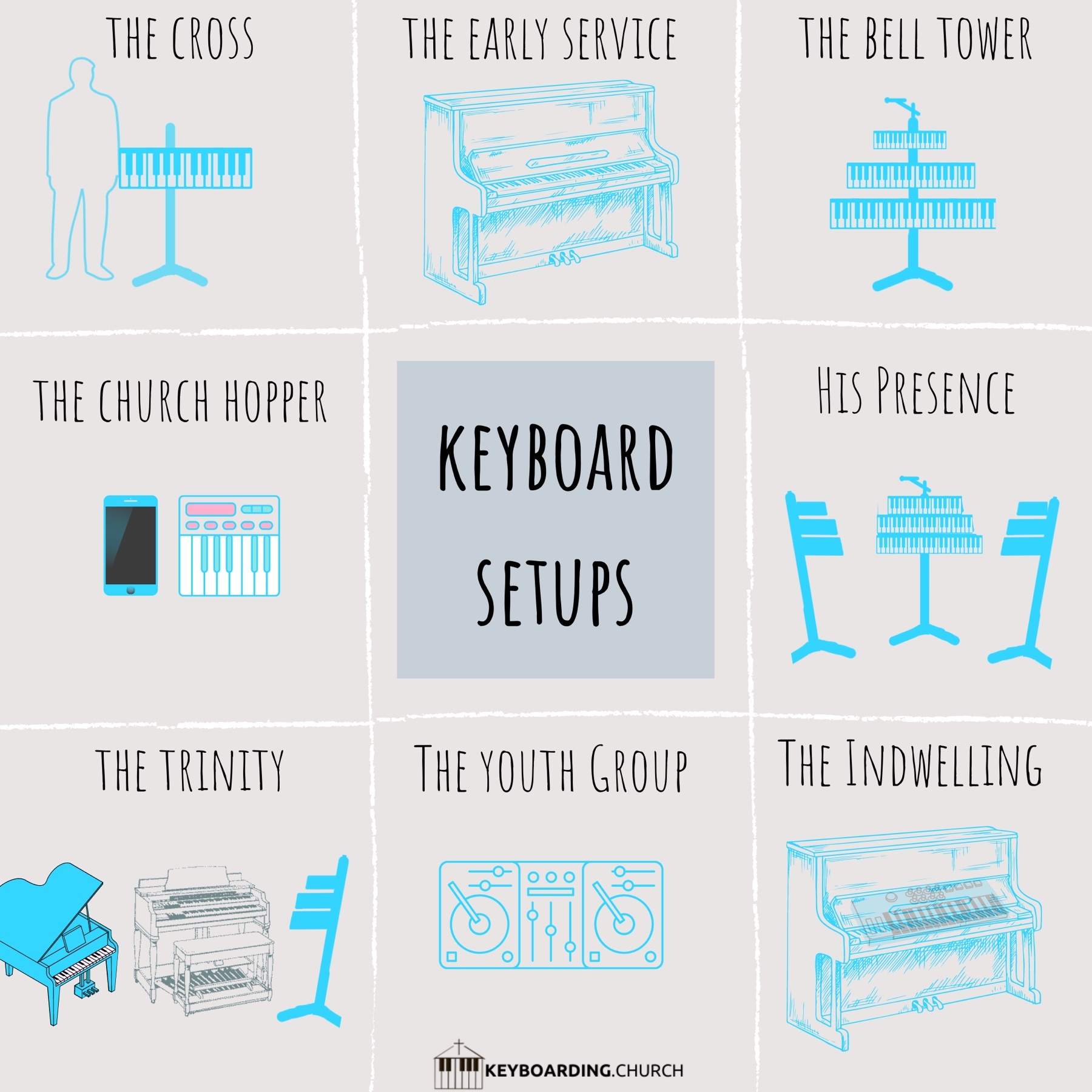Sit or Stand
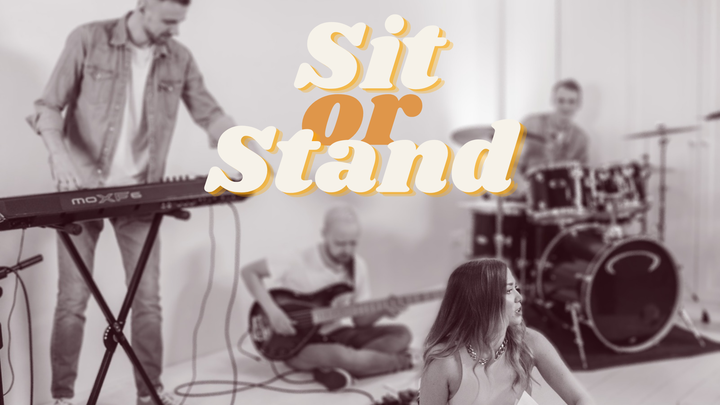
You walk into rehearsal and sitting there in the dimly lit corner of the stage is…the keyboard. As you approach you notice there is a seat close by, but not close enough to know that it’s yours. Is it? Or maybe it’s the singer’s? You can figure that out in a minute. First, you decide to get your music setup and the keyboard ready to go. But wait…the keyboard is too high to sit at and too low to stand it. Great, now you’ll have to adjust it. You look around and see the other instrumentalists are standing except the drummer. One singer has a stool, but is half standing. The dilemma begins.
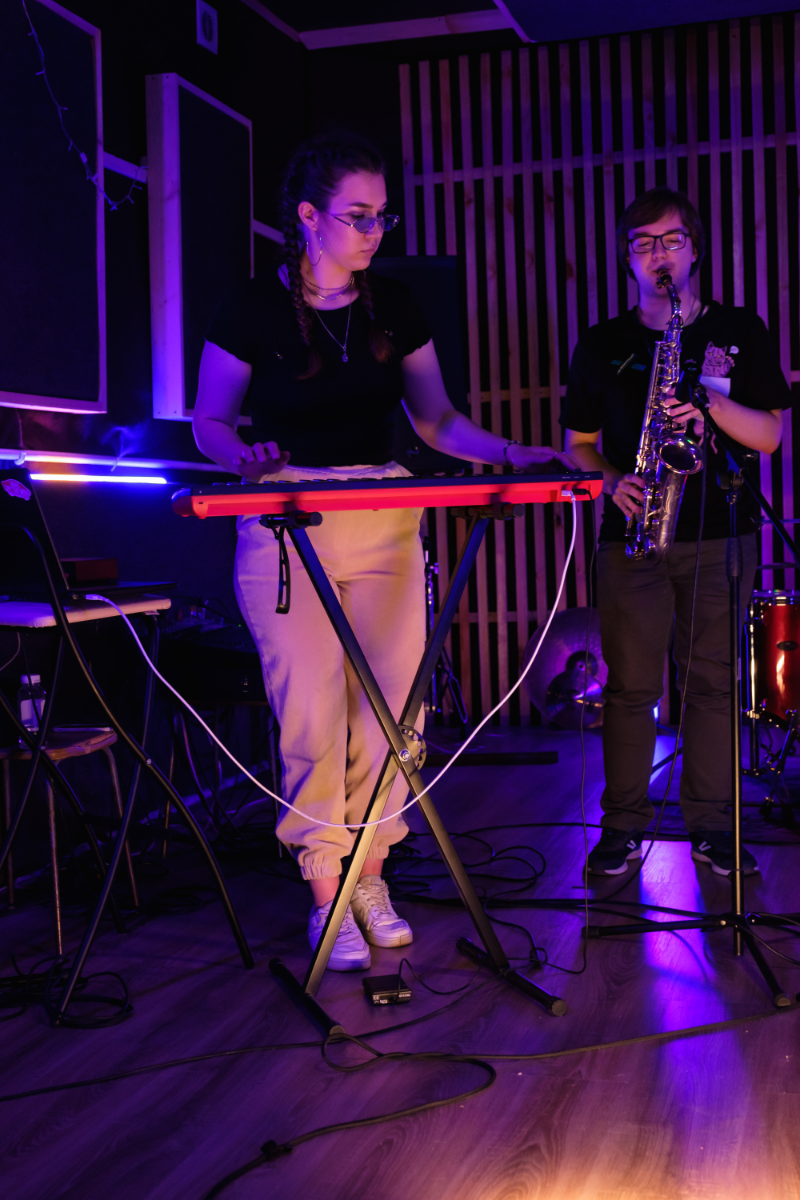
Okay, maybe that is a bit dramatic but have you been there pondering that question? I have. Keyboards offer a unique ability to change how you physically approach your playing. You can sit or stand and everything in-between. Pianos have physical components that determine their size and add to their weight. Keyboards on the other hand come in all shapes and sizes and do not have this limitation.
Along with these shapes and sizes are different forms and functions. To review the various types of keyboards see this post.
There are keyboards that emulate pianos and call out for you to sit at them. At the other end of the spectrum are keyboards and MIDI controllers so small they fit in your backpack and can be played in one hand. Some of the virtual options can even be played on your phone or tablet.
With all of these form factors you have a decision to make: sit or stand. You might think this is a trivial matter and who cares? On the surface, you’re not wrong but we all know it matters. Churches have lively debate on this issue. Other players watch with judgement informing you of incorrect posture and bad technique. And don’t forget directors, stage managers, lighting techs and more all with their own opinions!
If you dig a little deeper, however, there are multiple things to consider:
Ergonomics
First and foremost is your own personal comfort. If you want the short version of this section: If there’s pain; there’s no gain! If it hurts, stop doing it! There is no place for pain when playing the piano or keyboards. Okay, moving on…
The word ergonomics is defined as:
“an applied science concerned with designing and arranging things people use so that the people and things interact most efficiently and safely” - “ergonomics” Merriam-Webster.com Dictionary, Accessed 1/17/2022.
Playing for hours at a time can stress and injure the body. Many in this field have succumb to carpal tunnel syndrome making it quite painful to play. Not only that, but there is also the matter of back pain and foot/leg issues to consider. There are also unrelated injuries or complications such as arthritis that can create additional challenges.
I, for one, would like to not only keep myself in the best playing shape I can, but I would also like to maximize the efficiency of my setup. This would allow me to play faster, smoother, make quicker program changes, and provide fewer distractions allowing me to enjoy playing and interacting with the listener. Your playing should look and feel as effortless as possible.
If you are experiencing any pain or discomfort during or after playing then reviewing the ergonomics of your setup should be your first item to consider.
Your playing should look and feel as effortless as possible.
Playing Style
Going hand-in-hand with ergonomics (pun intended) is your playing style. Playing classical music and other pieces that require a high degree of technical precision are generally more suited for sitting down. Pieces that are driven more by chordal playing or drive more audience participation can be a better fit for standing. Obviously, these are gross simplifications but the generalization works. Playing style also plays a major role in keyboard choice.
Keyboard Type
This is a bit of a “chicken-and-egg” scenario. Do you decide to sit or stand first and then find equipment to make that possible; or do you let your existing equipment dictate how you will approach your keyboard? Assuming you have made the first choice and can acquire the necessary gear to make it happen, let’s proceed.
As mentioned earlier, there is a wide range of available keyboard options for you to choose; from the extremely small and portable to the very large and stationary objects. Obviously, smaller and more portable options will allow you to sit, stand, or even move around. The larger and heavier your equipment becomes the more restrictive your options. The type of keyboard you use contributes to the decision of the keyboard stand you will need, which ultimately controls your ability to sit or stand.
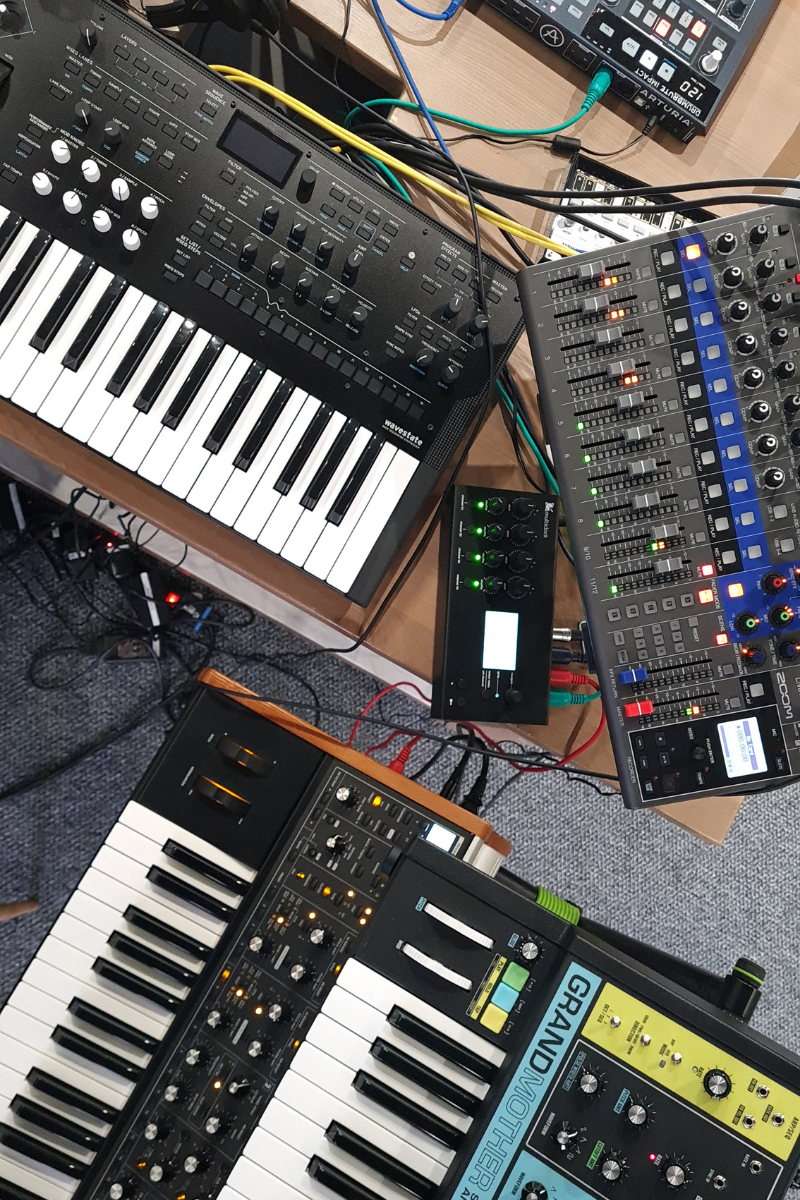
Stand Selection
Just like keyboards stands come in my different forms and styles. Some larger electric pianos and the like are built-in to their form factors just like a real piano. These do not have height adjustments and usually require you to sit. Moving on down to MIDI controllers and tablets there are holders that can clip to mic stands or other objects. Everything else runs in-between all of that with a plethra of options.
When selecting a keyboard stand there are a few things to consider. Being over 6 feet tall I usually look at height first. Then I look at stability and support; can it hold your board and withstand the pressures of performing on it? You also need to look at tilt, number of keyboards it can hold, number of accessories it can support, and what kind of room it allows for your pedals and any other gear you need.
Gear Complexity
Do you use 1 keyboard with 88 keys that weighs 50 pounds or just carry around a laptop and a 12-key controller? Maybe you use both along with a dedicated organ, synth, and micro controllers. How many pedals does that require? How do you manage and run your cables and interfaces? Can you stand on one foot for lengths of time while controlling the pedals with the other? Are all of your knobs and switches easily accessible or do you have to reach for them? What about visibility? These are all questions to consider and may also contribute to your decision to sit or stand.
Music Readability
Not only do you have gear to produce the music, but what about reading the music? Do you have your entire set memorized or play by ear? If not, you’ll need sheet music, chord charts, note cards, or a laptop/tablet/phone to refer to. Any of these options will need space and consideration.
Whatever contraption you use it will need to work in the space provided, be visibile, and be accessible to change pages. The wrong selection here could force you to sit or stand regardless of the rest of your setup.
Live Playing
The last thing to consider is your audience. Are you playing for yourself at home, in the band at church, accompanying singers at a wedding, or leading a rock band in town? All of these are vastly different and require a different skillset and relationship with the listener.
Who you are playing for generally also determines where you are playing. Does the venue have power? Does it have a sound system? Is there someone running sound or do you have to do that yourself? How much space does the venue provide? I think you get the idea.
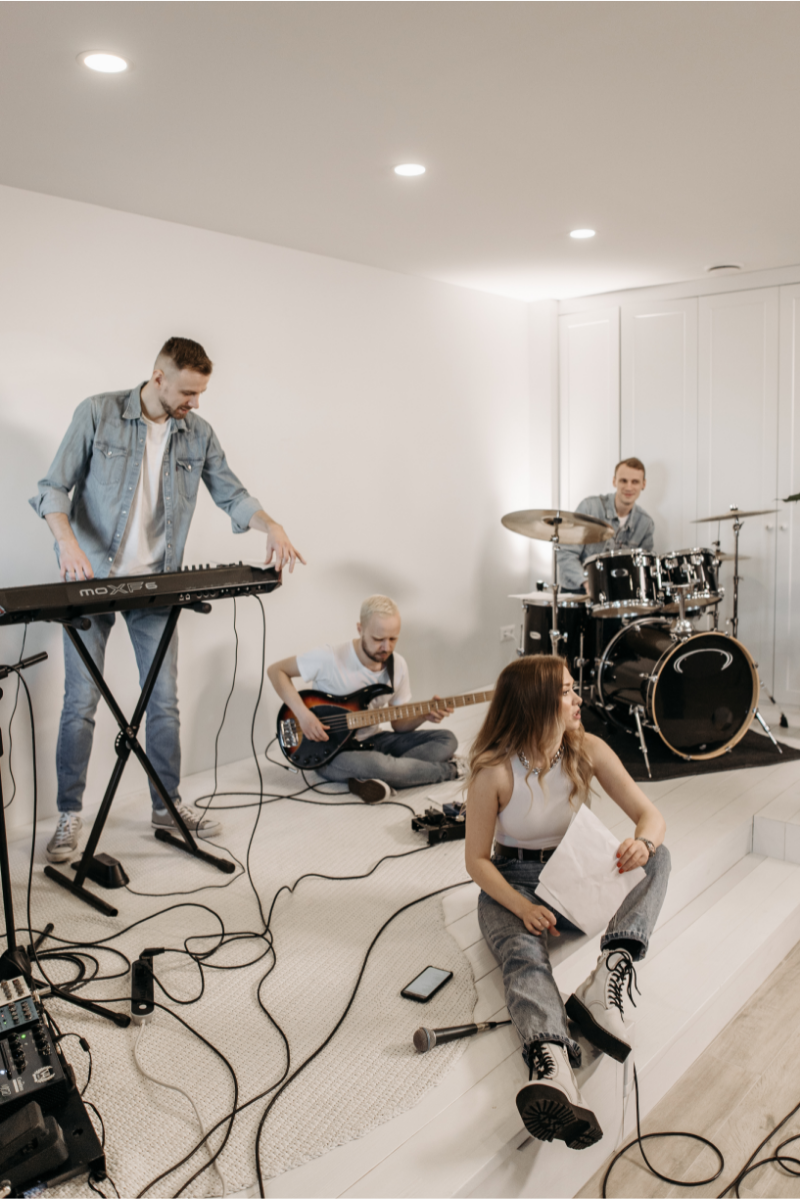
My Recommendation
So, with all of that to consider, what should you do? My recommendation: do what comes naturally to you in the situation! Don’t overthink it. Don’t let others tell you what to do either. You are there to bring your best, play good music, and be a part of the environment and atmosphere. You don’t want to compromise yourself or draw the wrong type of attention.
The decision to sit or stand is yours! That goes for the singers, drummers, and guitar players as well. Watch some of your favorite bands and players and look at what they do. The same player doesn’t always do the same thing. Band members don’t always match. There really is no right or wrong. So what will you do:
Sit or Stand?
Let others know your thoughts in the comments below or on social media!
